For many parents, seeing how a new world opens up for their babies once they start eating solid food is amusing. So, whether you’re planning to go to the traditional homemade baby food or choose baby-led weaning, you’re likely wondering about the best homemade recipes you can try at home.
Making your own baby meal can seem daunting at first. But with suitable recipes and ingredients, you’ll surely make things possible.
So, without further ado, here are a few recipes you can consider.

10 Easy Homemade Baby Food Ideas (No-Cook, Super Fast, Stage 1)
Sweet Potato Puree

Sweet potato puree is one of the easiest baby food recipes to make. All you need to do is to bake your sweet potatoes and peel them. Afterward, you can start blending them until they become a smooth puree bowl.
It’s an excellent starter for parents who wants to try out making homemade baby food. It’s an excellent source of fiber and vitamins to keep your baby healthy. It even contains essential minerals and antioxidants to help your baby’s growth. You can also mix it into your baby’s oatmeal or cereals. You can even add it to smoothies or even serve it as a side dish, too.
Carrot Puree
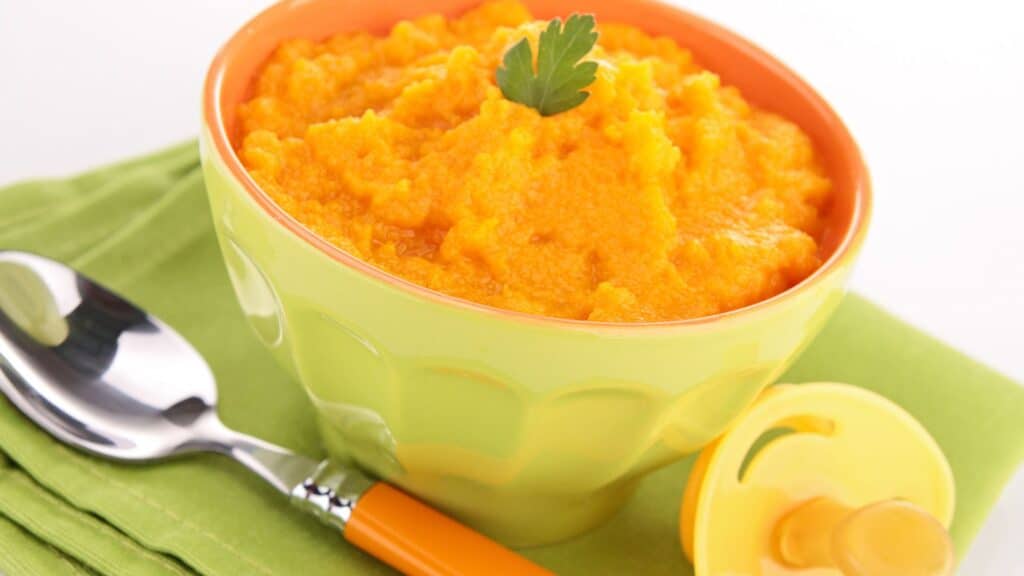
Carrot puree is another recipe that parents enjoy making. Like sweet potato puree, you must blend the carrots into a smooth consistency. Adding breast milk or formula can make it creamer.
Carrots are ideal for babies with allergies as it contains low allergens. Even more, it’s easily digestible, making it ideal for your baby’s growing tummy. They’re also an excellent source of beta-carotene, an antioxidant that transforms into vitamin A, an essential vitamin that promotes better eye health and immune function.
Avocado Puree
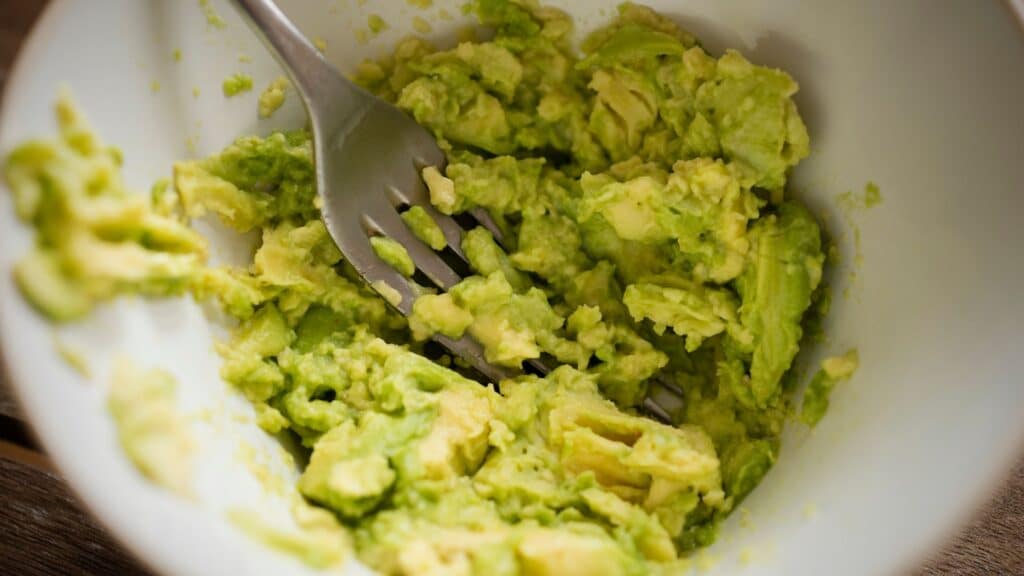
Another one of the best baby food recipes you can try is avocado puree. Because of its texture, it’s easy to blend and is exceptionally delicious. You can even use a fork to mash it or blend it in a food processor.
Avocados contain high amounts of heart-healthy fats and fiber. It also has vitamins, antioxidants, and minerals, which are excellent for your baby’s health.
Banana Puree
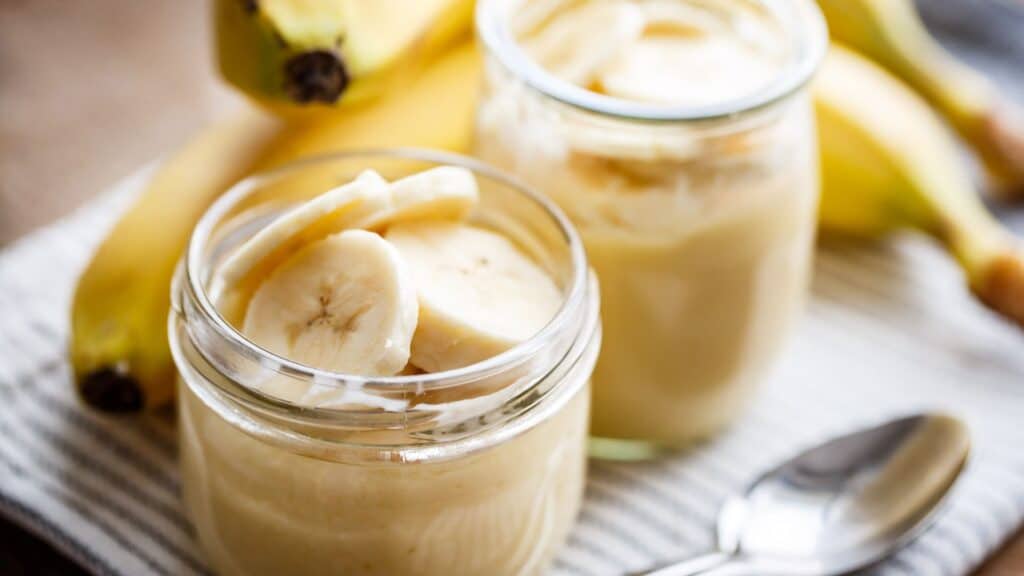
Banana puree is an excellent choice if you want to introduce baby food recipes to your baby. It’s also easy to make and only requires a fork to mash it.
Bananas are naturally soft and mushy, making them easy to digest for babies. It’s also full of vitamins and minerals, making it an ideal part of most baby food recipes.
Bean Puree
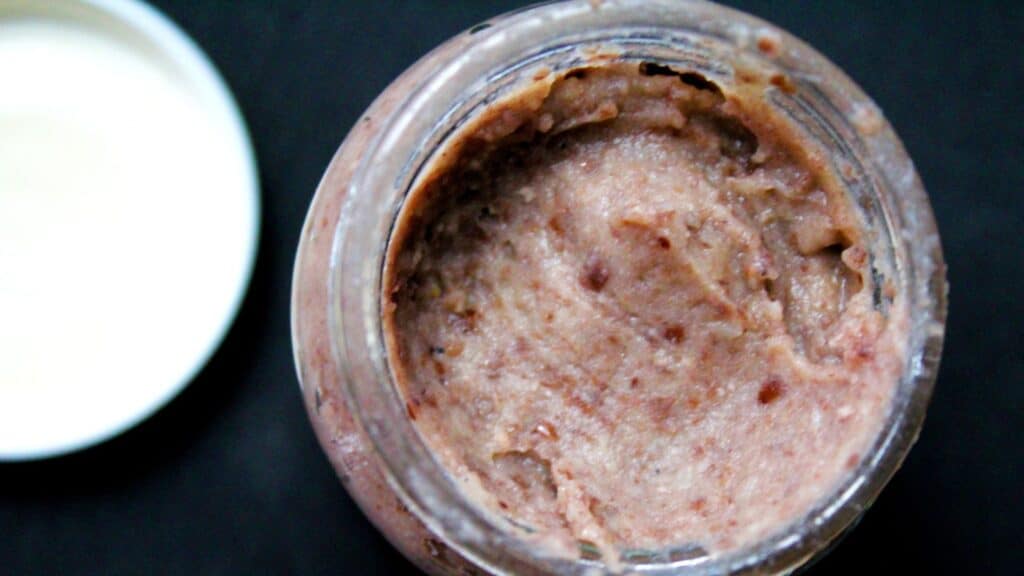
Homemade baby food recipes don’t all have to be in one food group. So, if you want to introduce something new and healthy, introducing beans is an excellent choice.
Besides chickpeas puree, you can also consider pinto beans or white beans to make their homemade baby food enjoyable. You can even thin it by adding water, breast milk, or formula.
Blueberry Puree
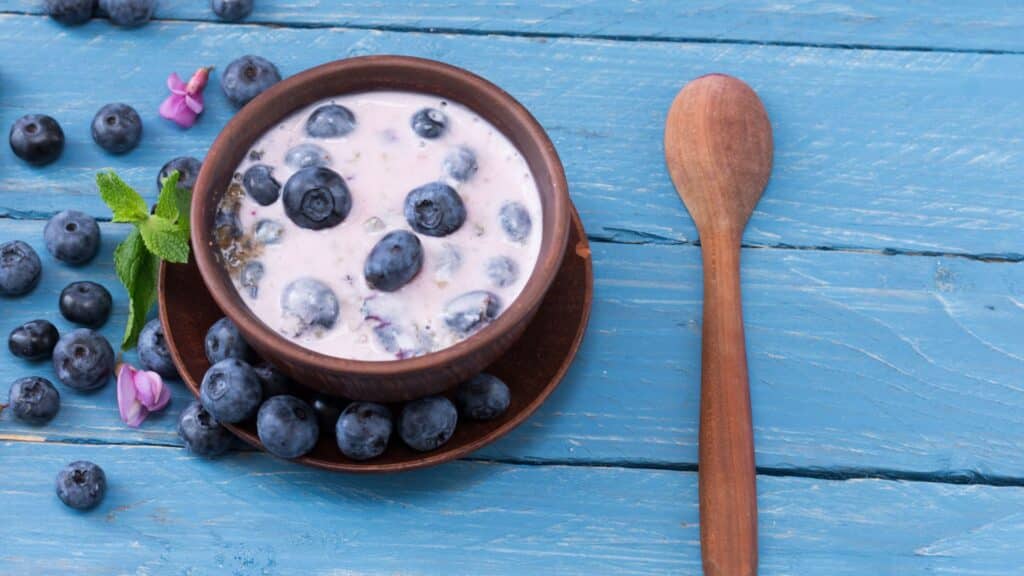
Blueberry puree is an ideal baby food for parents who want to try out homemade baby food recipes with a sweet taste. It’s one of the easiest homemade baby food recipes that you can do at home. You can serve it with plain yogurt or breast milk to give it a smoother texture.
Blueberry is rich in antioxidants and has loads of flavor that babies can enjoy. It’s also rich in essential minerals and vitamins such as vitamin C and other nutrients. You can also mix it with other fruits to give it a unique taste.
Butternut Squash
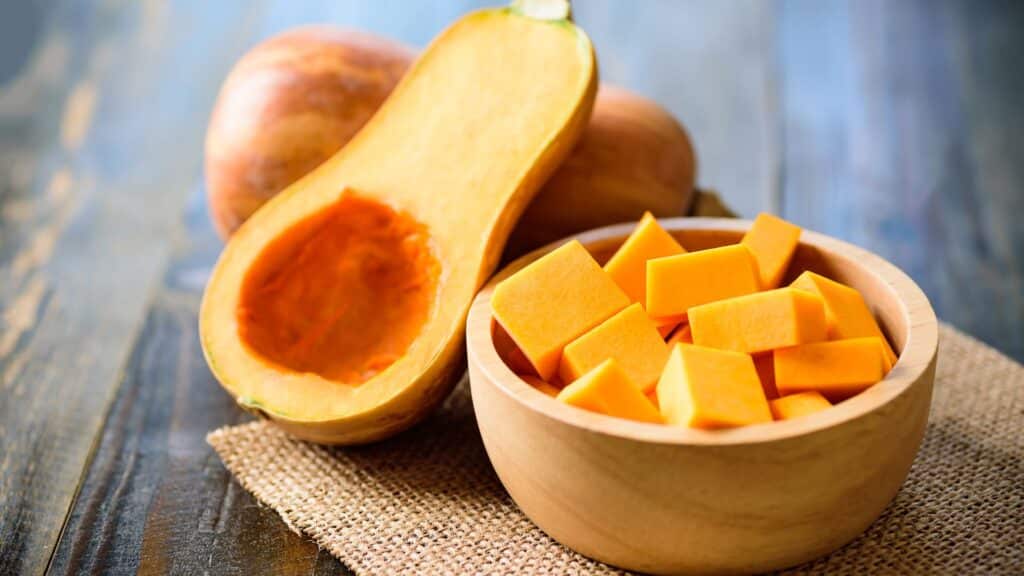
Butternut squash is another option that you can consider when making your own baby food. Although it’s technically a fruit, butternut squash is full of vitamins, minerals, and fiber.
Butternut squash puree is easy to do. Like the sweet potato food recipe, you can put it in the food processor or use a potato masher to make it. Remember to remove all the seeds before roasting them and giving them to your baby.
Kiwi Puree
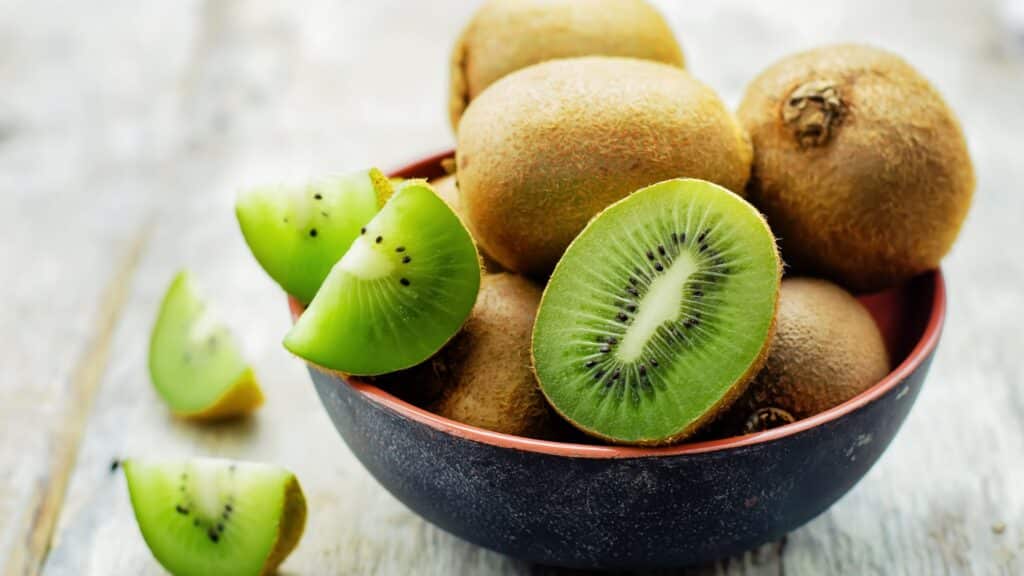
Kiwi puree is another unique choice for parents who want to give their babies something to enjoy. Unlike sweet potatoes, kiwi puree has a bright flavor, which most kids love. It’s also pretty fun to make and can easily get stored for later use.
When making baby food from kiwi puree, you must ensure that it’s very ripe to taste sweet. Also, you should taste it before turning it into baby food purees to ensure it’s not excessively tart. If it is, you can mix it with applesauce or banana before putting it in the food processor.
Peach Puree
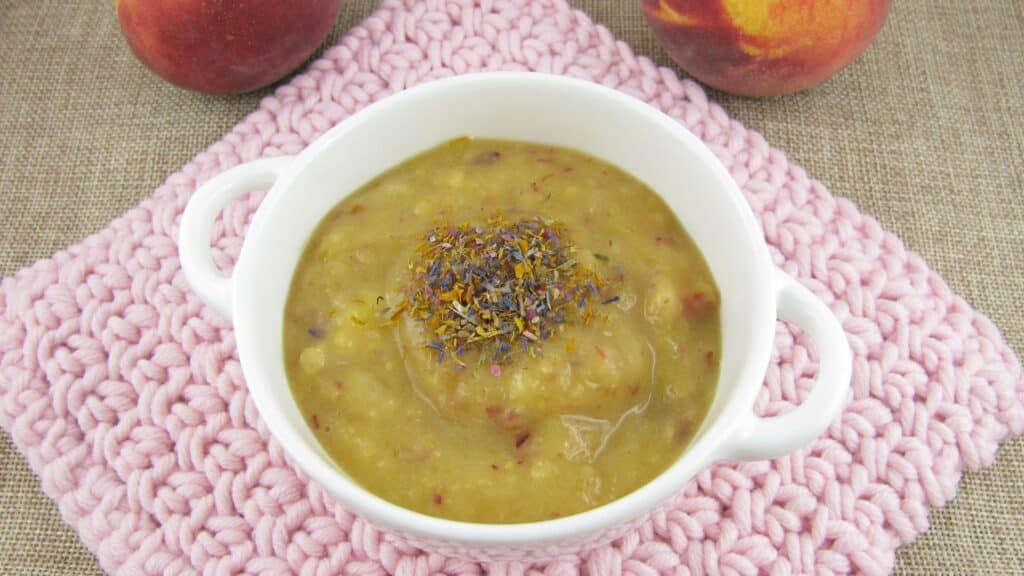
Baby food made from peaches is another option for making baby food. A peach puree bowl has its natural sweetness compared to sweet potato, making it also ideal for introducing solid foods to babies.
The peach puree recipe is easy to make, especially when using a fresh batch. You can also use it as a topping for breakfast or dessert baby food recipes. Like other baby food purees, a peach puree bowl is also rich in vitamins, minerals, and antioxidants.
Whipped Peanut Butter
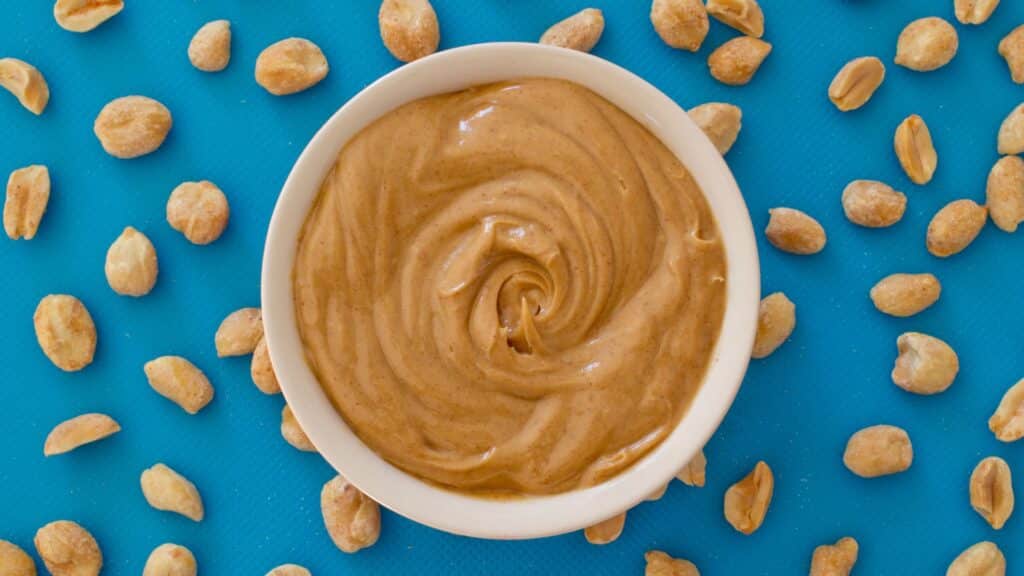
The last on the baby food list is the whipped peanut butter puree. Although most people might consider it baby food, whipped peanut butter is an excellent way to introduce your baby to peanut butter.
What’s great about it is that you only need water when making your own baby food. You can stir the unsweetened creamy peanut butter with water into its form resembles yogurt. Mixing it with other liquids, such as breast milk, will make it smooth and sticky while maintaining its protein content.
How to Make a Fruit or Veggie Puree
What’s great about making baby food is that you don’t need to buy commercially prepared products for your baby. All you need are a few tools to make one at home.
Homemade baby food is also easy to make. They’re also affordable and are environmentally-friendly. It’s also a nutritious option, especially if you choose freshly picked ingredients. Here are a few ways to help you make one at home that your baby can enjoy.
Clean Your Workstation
The first thing that you need to do is ensure that your workstation is clean. You also must wash your hands with soap and water before touching any of the ingredients for the baby food.
It’s also highly advisable to rewash your wands if touching raw meat, eggs, or fish since these can harbor bacteria. Also, clean and sanitize the utensils and surfaces to prevent contamination.
Prepare the Ingredients
Depending on what ingredients you’ll use, you’ll need to prepare all the ingredients beforehand. For instance, if you’re preparing rice cereal and grains for your baby’s food, it’s best to read the packaging instructions to prepare it properly.
Meanwhile, you’ll need to boil, steam, and bake particular fruits and vegetables before turning them into baby food purees. These are highly advisable for particular fruits and vegetables such as pear puree, sweet potatoes, green beans, and carrots.
Experiment with Flavors
Never be afraid to experiment with flavors healthily. Remember that your baby’s taste buds are still developing. So, she has yet to develop any cravings for sweet or salty foods.
But if you want to add a bit more flavor other than breast milk, then you can always use healthy herbs for some extra kick. You can also consider using whole milk plain yogurt for added flavor.
Feed Your Baby Safely
Lastly, wash your hands with soap and water before feeding your baby. Also, you must remember not to let the baby’s food stay out at room temperature for more than 60 minutes. You should also keep cold foods cold and warm food warm while keeping them in an airtight container.
What is the Best Way to Store Homemade Baby Food Purees?
Homemade baby foods are easy to store, especially if an airtight container is handy. You can simply put your homemade puree inside the fridge for not more than two days to keep it fresh. Meanwhile, if you’re planning to store your baby food puree for much longer, then putting it inside the freezer can last up to two months.
One way to keep the freshness of your baby food puree is by putting it in ice cube trays. It’ll help seal the freshness of the baby food and make it easier for you to serve your frozen purees in portions. You can heat your frozen cubes on a warm stove and let it stand for half a minute. You can then test the temperature of the baby food puree before serving it to your baby.
If you’re into batch-cooking baby food, it’s best to let the food cool down for an hour or two before putting it in the fridge overnight. Use it within 2 days in the fridge. Meanwhile, let the rice cool within an hour and be refrigerated or frozen. Never reheat refrigerated rice or reuse it to make new flavors.

How Do You Know if Your Baby is Ready for Solid Foods?
There are many ways to help you determine if your baby is ready for baby food puree, such as baby beef stew. Here are a few signs that you may consider:
- Sits erect
- Ability to control head and neck
- Can open mouth
- Develops the ability to swallow instead of pushing the food back
- Can bring objects close to the mouth
- Hands can already grasp objects
- Can use the tongue to transfer food to swallow
Remember that every child is different. Although some babies may already show these signs as early as four months, it’s not highly recommended for everyone. The dietary guidelines set by the American Academy of Pediatrics advise everyone to introduce baby foods besides breast milk or formula once they reach 6 months of age [1].
Tools You Need to Make Homemade Baby Food
Whether you’re planning to give your baby store-bought baby food or homemade puree, you need to ensure that you have all the right tools to prepare it for your baby.
That said, you don’t need to purchase that state-of-the-art equipment to make baby food cuisine at home. Here are a few must-have items that you can consider to help you make the best baby food for your baby.
Blender, Hand-held Stick Blender, or Food Processor
To help you start making baby food puree, the first device you need is either a blender, food processor, or hand-held stick blender. If you intend on making most of your baby food puree, then investing in a decent blender or food processor is highly advisable. Daily use could cause your gadget to wear out over time. So, getting a decent one is best to ensure it’ll last.
Vegetable Steamer Basket
Another tool that you need to have is a vegetable steamer basket. This tool is essential, especially if you’re planning to make veggie purees from green beans and other foods that have a hard texture.
Ice Cube Trays and Plastic Wrap
Ice cube trays and plastic wrap are other sets of tools that you need when preparing baby food. Although there are products for freezing homemade baby food, all you need is an ice cube tray and saran wrap. Just divide the mashed ingredients onto the ice cube tray parts and cover them with plastic wrap before leaving them in the fridge overnight. Freezing your baby’s diet ensures that you can provide your baby with the proper nutrition serving based on his or her age.
Ziplock Freezer Bags
Besides using ice cube trays to make frozen puree cubes, you can also use a ziplock freezer bag to store your baby food. You can even use it to store milk, yogurt, and breast milk, too. Simply get a permanent marker and label the contents for easy use. You can take the baby food puree out of the freezer when needed.
How to Reheat or Thaw Frozen Baby Food
The first thing you need to do when reheating or thawing frozen baby food is by taking it out of the freezer and place it in the fridge overnight. You can also use a microwave with a defrost setting option to warm it. Once you’ve entirely defrosted the baby food, you must let your baby consume it within 24 hours.

Conclusion
These are only a few things you must learn when making baby food for young babies. Remember that your baby’s brain is still developing. So, they have yet to develop the same cravings for sweets or salty food as much as you do.
Don’t hesitate to speak with your child’s pediatrician to learn of various ways to help you introduce new food to babies. It’s also best to find out which recipes will provide as many nutrients to younger babies to ensure optimum nutrition.
If this article helped you, we’d love to hear your thoughts in the comments below.



